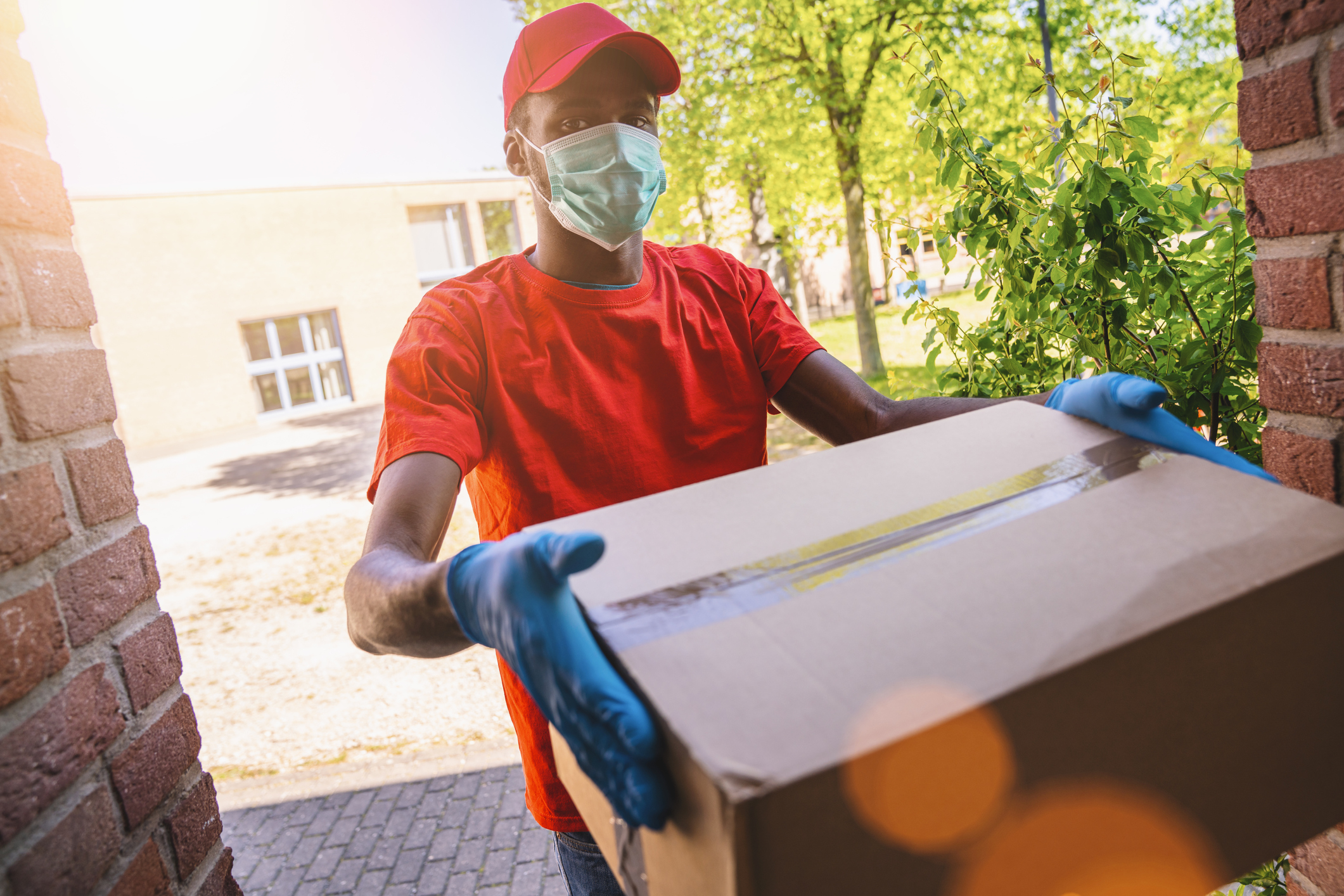This two-part blog is part of the COMPAS Coronavirus and Mobility Forum. An earlier version of this post, together with Part I, was published in the REALEURASIA Blog, hosted by the Max Planck Institute for Social Anthropology.
Delivery and logistics platforms expand rapidly, primarily due to the fact that expansion is cheap. Once the platform’s infrastructure is established, an imperative to become larger and wider is built in. The single most important input needed is labour. Meituan recruited 336,000 riders between the end of January 2020 and mid-March. As gig workers, or “independent partners” as the companies put it, they receive minimum training, no regular salaries, and no welfare provisions from the companies. Very often the workers must pay the company to buy their mopeds, delivery bags, uniforms, and helmets. But the entry barrier to this industry is relatively low, which partly explains why, in Western Europe, immigrants are very prominent among delivery workers. Even in Germany, known for its strict labour market regulation, foreign workers can register with platforms such as Helpling or Deliveroo if they have a visa. There is not even a language requirement.
Another reason for the rapid expansion of mobility platform companies is their capacity to link different kinds of mobilities, which enables them to respond to rapidly shifting market demands. Platforms in China channeled long-haul truck drivers into intra-city transport, and restaurant workers into food delivery during the lockdown. Taxi drivers working on Uber, Grab and Lyft worldwide are assigned delivery tasks for food or parcels. Uber in India partners with Big Basket and Flipkart, two major grocery platforms, to provide last-mile deliveries. Such interlinkage between mobilities may become a defining feature of the mobility business.
Wider, deeper, mightier
The mobility business is rapidly penetrating smaller cities and the countryside. According to data from China Internet Information Center, 40% of Internet users in third-tier cities have used on-line takeaway service by March 2020. The number of customers over 40 years old has increased significantly (up 237 per cent between January 23 and February 23 in the case of MissFresh, a Beijing-based delivery start-up). The scope of services is also becoming wider. In April 2020, Didi China began to run all kinds of errands for consumers that involve physical movements. This is aptly named ‘running leg’ service, which is now a generic term in the industry. The consultancy iiMedia Research predicts that the ‘running leg’ will grow fast, ranging from queueing to taking care of pets.
Even more importantly, the pandemic seems to be giving third-party platforms a stronger hand in negotiating with suppliers. Before the pandemic, many food companies and restaurants had resented the high fees charged by the platforms, but during the lockdown they depended on them to survive. A survey in China reports that 70% of restaurants planned to increase their spending on third-party delivery service after the pandemic. The mobility business is gaining a commanding height of some sort in the market.
The mobility business is also deepening, in the sense that it becomes more capital-, management- and technology-intensive. In order to address customers’ concerns about health risks during the pandemic, platforms modify their Apps to collect riders’ health data in real time. They monitor workers’ movements ever more closely, including how they interact with suppliers, how they pack the food and seal the box, and sanitize their uniforms. The contactless service requires investments in ‘smart lockers’ across cities, where riders can drop parcels for the customer to pick up in a precisely coordinated manner (you don’t want cold coffee or melted ice cream) without any personal encounter. These measures to securitize mobilities make platform companies a potential partner of the government in fighting the pandemic and, in the future, securitizing social life in general. We have already witnessed how private logistical companies acted more efficiently than government bodies in sending medical equipment to the frontline.
The relation of the mobility business to governance reminds us of another business of mobility: that of stopping mobilities. During the so-called ‘refugee crisis’ and ‘immigration crisis’ in the EU and the US in the mid-2010s, high-tech companies and defence contractors lobbied governments to invest more in border security. This opened up new businesses, from the construction of border walls to new weaponry and the installation of sophisticated surveillance systems. In Europe alone this industry is expected to generate an annual profit exceeding 29 billion Euro by 2022.
The business of detecting and preventing cross-border movements is apparently very different from the business of monitoring and facilitating daily mobilities discussed in this post. But both are booming. In both models, private companies became indispensable in providing critical infrastructure for governance. It is not inconceivable that the technologies and knowledge developed in border control could be applied to internal mobility monitoring. These businesses are reshaping how political power operates, and what it means.
